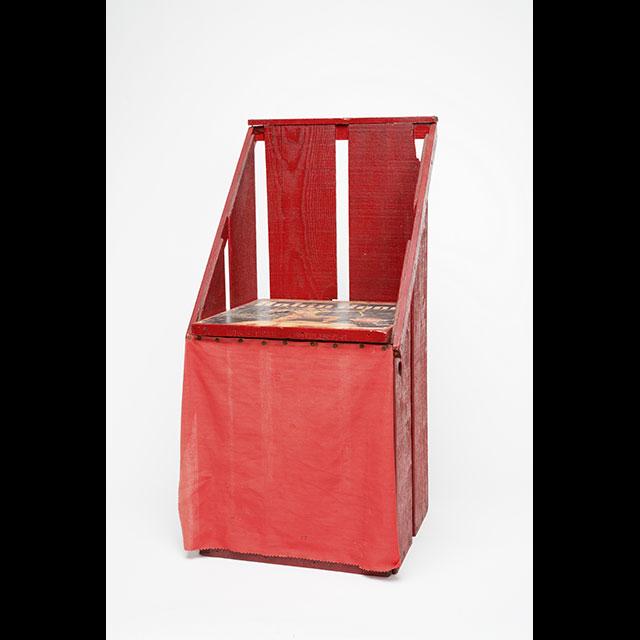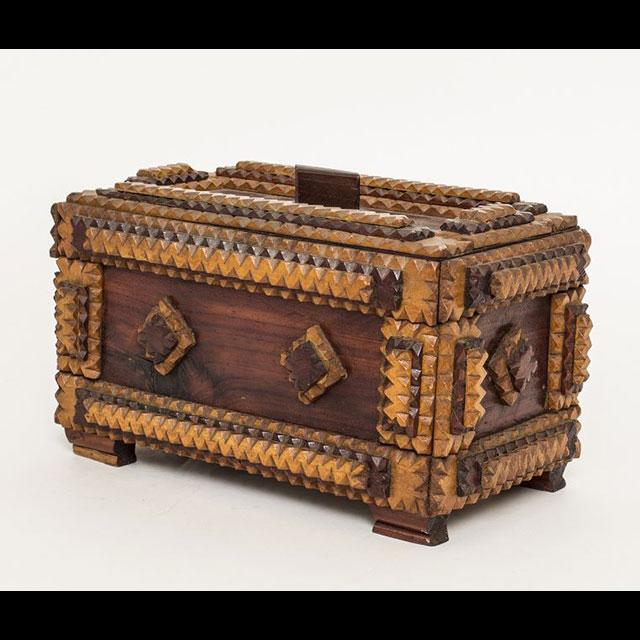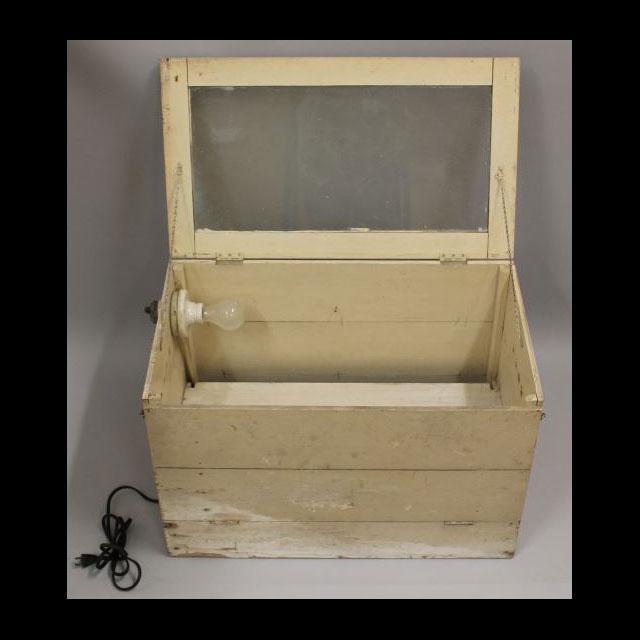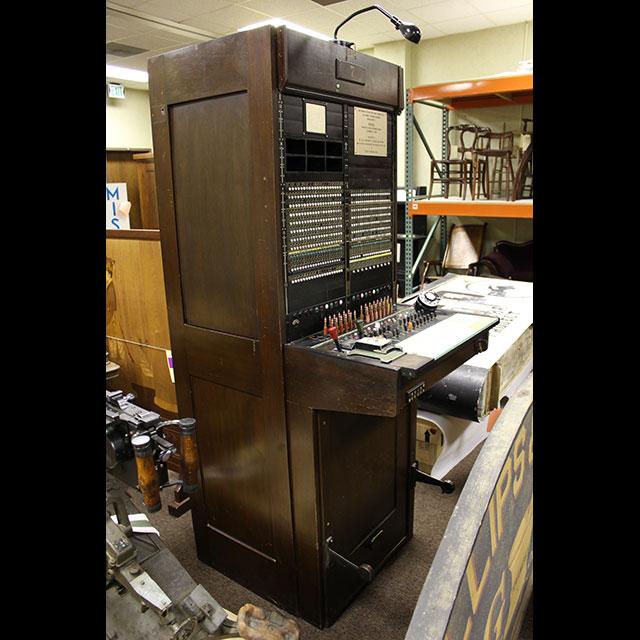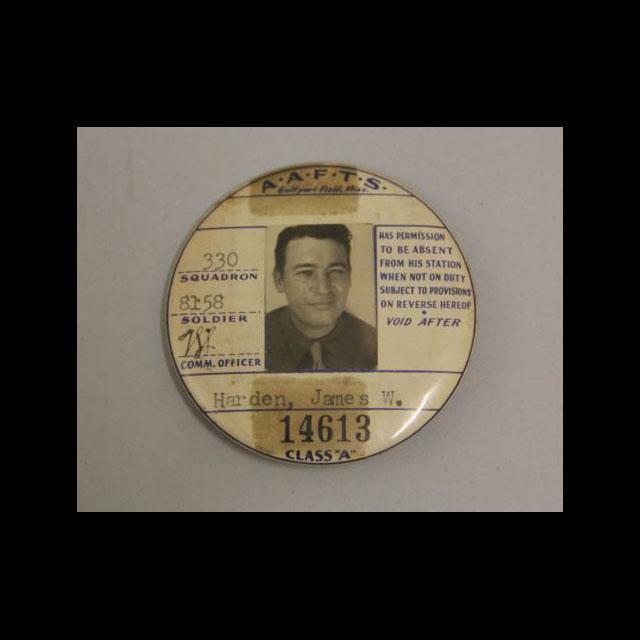Bridging Hardship: Great Depression, New Deal, and World War II
1928–1948
The Great Depression compounded poverty in Mississippi. Federal programs paid farmers not to plant. Crop prices rose, but landowners let their fields go unplanted and evicted sharecroppers. The 1927 flood and excessive logging left vast stretches of land from the Delta to the Piney Woods barren and scarred.
By 1930, Mississippians earned only about one-third of the national average income. The federal New Deal created programs like the Works Progress Administration (WPA), Tennessee Valley Authority (TVA), and Civilian Conservation Corps (CCC) that put people—mostly White—to work, brought electrification, nurtured the environment, and helped feed and clothe impoverished citizens. Thousands of Black and White Mississippians fought for freedom abroad during World War II (1941–1945), causing many returning servicemen to question racial inequality at home. Women entered the workforce as military spending remade towns like Pascagoula, Biloxi, and Moss Point.
From the Gallery
Explore artifacts, photos, and documents featured in the Bridging Hardship gallery.
Timeline: 1928-1948
Explore Mississippi
Journey beyond the museum walls and explore the places where history happened and is preserved.
Tishomingo State Park
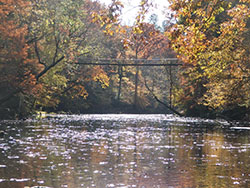 Discover the natural beauty of Tishomingo State Park.
Discover the natural beauty of Tishomingo State Park.
105 CR 90
Tishomingo, Mississippi
Camp Van Dorn World War II Museum
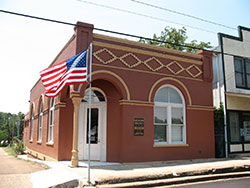 This training camp for soldiers is located in Centreville, Mississippi.
This training camp for soldiers is located in Centreville, Mississippi.
138 E Main Street
Centreville, Mississippi
VISIT THE MISSISSIPPI CIVIL RIGHTS MUSEUM
Explore the movement that changed the nation. Discover stories of Mississippians like Medgar Evers, Fannie Lou Hamer, and Vernon Dahmer, as well as those who traveled many miles to stand beside them, come what may, in the name of equal rights for all.


